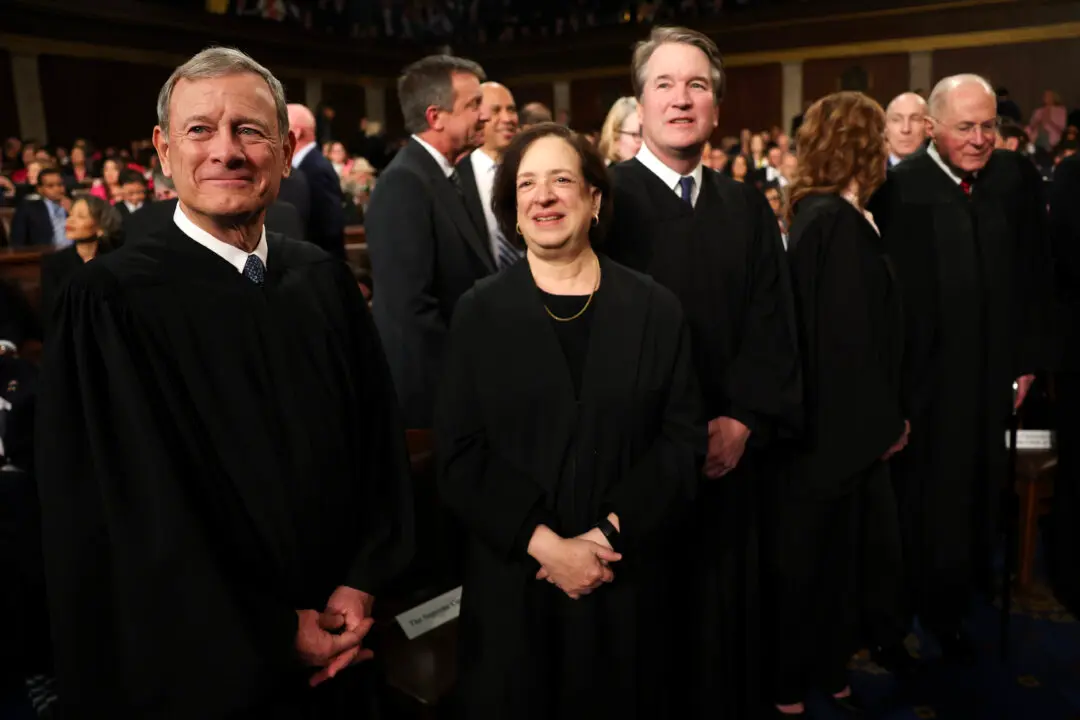The Supreme Court reversed the 5th Circuit Court of Appeals by 8–1 on March 31, limiting when federal courts have jurisdiction to confirm or vacate an arbitration award under the Federal Arbitration Act.
The case is Badgerow v. Walters, court file 20-1143. Oral arguments were heard on Nov. 2, 2021. The majority decision, joined by seven justices, was written by Justice Elena Kagan. Justice Stephen Breyer was the sole dissenter.





